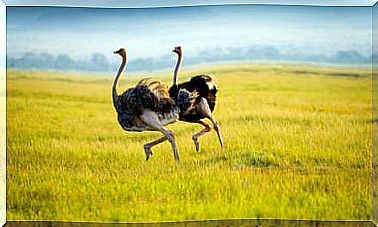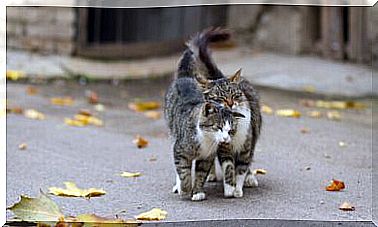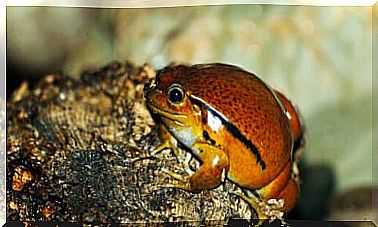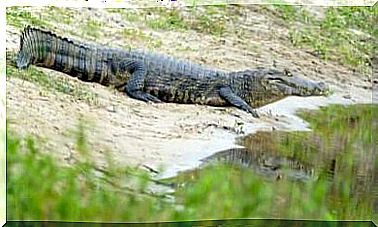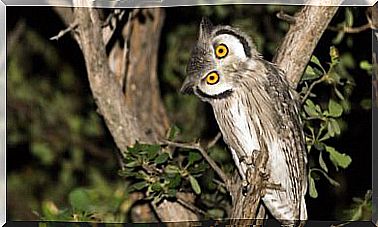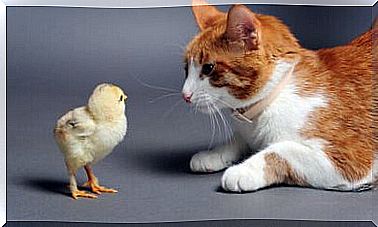Monturo: The Feast Of Birds Of Prey
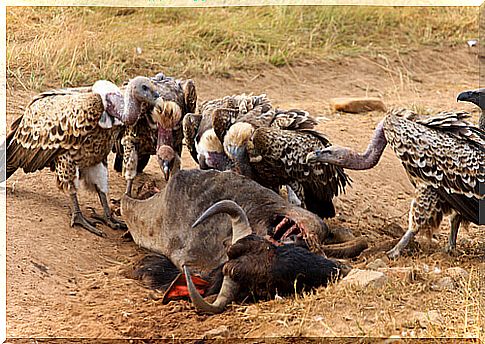
Monturo is an area where farmers can leave cattle carcasses to feed scavenger birds and other scavengers: the main ones are the various species of vultures.
The importance of the midden
The presence of a midden allows for a sustainable recycling of corpses, which has been carried out for thousands of years.
A large livestock activity produces more corpses than normal, which can cause poisoning from contamination of water sources.
This is why scavengers are very important, as is the presence of a midden in our environment.
Although in recent years they have disappeared with the mad cow crisis, the fact is that the midden has regained its importance and more and more locations have allowed the abandonment of corpses in the forest.
The guests for the banquet in the midden
The middens normally have ditches to prevent access to people and domestic animals, which generally prevents access by terrestrial carnivores.
Still, there are barrier-free areas where corpses are abandoned, so the Iberian wolf, brown bear, and small carnivores such as marten and genet can be seen feeding there.
However, the main beneficiaries of the midden are birds of prey. The vulture, the small Egyptian vulture, the great black vulture and the bearded vulture are abundant in Spain and are the main protagonists of the midden.
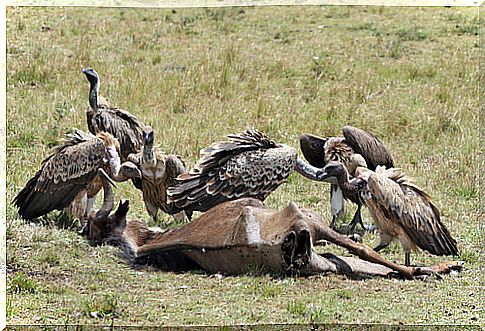
The midden “protocol”
The first thing to do is locate the food, and for that the best experts are the corvids: magpies, long-tailed magpies and crows.
They usually fly in groups, checking the terrain until they find the carrion. This is when the corvids take the opportunity to eat the soft parts, such as the tongue or eyes.
These birds have something in common, but their greatest exponent is the urraca: they are noisy and have colorful plumage, which can even sparkle under the morning sun, emitting a kind of “flash”.
These “flashes” are necessary for the vultures to locate the corpse and fly in the morning, taking advantage of the hot air currents.
But in addition, the vultures must communicate with each other tens of kilometers, to concentrate many of them in these incredible groups that form. How do you do this?
inviting friends
The vultures start to fly differently, descend in circles towards the corpse and turn in a particular way, so that the other vultures know, as a sign, that there is a corpse there.
Thus, each vulture changes its way of flying and warns the rest without the need for sounds.
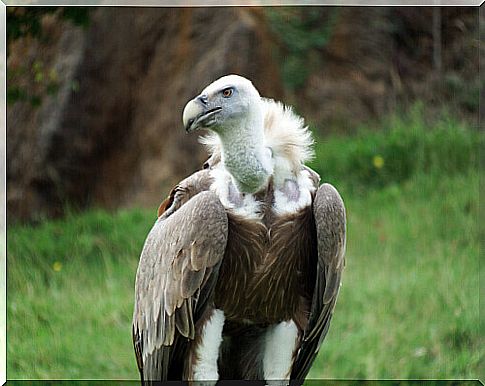
This is not so common in the black vulture, more given to loneliness than the fouveiro; we can find it in some environments, such as Monfragüe.
But the fouveiro benefits from the arrival of the black vulture, because the stronger beak of the largest flying bird in Europe allows for a clean opening of the corpse.
And the feast begins…
Upon opening, the black vulture delights in the flesh around the wound, although it cannot reach the bottom of the body due to the abundant plumage around its neck.
That’s when the griffin enters, almost neckless, to reach the bottom in search of viscera and other parts.
Vultures begin to feed in batches: nothing is random, although these gatherings often seem chaotic.
Even so, fights can occur between the animals, usually between the black vultures and the vultures, when the former wants to return to the banquet after the vulture has given access to the corpse.
Other birds surrounding carrion: the m ilhafre-real, among other means birds of prey, trying to get his part, although already have given some pecking at the beginning.
However, they are not rivals with the vultures, despite being better hunters. So keep your distance while waiting for them to leave.
Meanwhile, the corvids are still the smartest around because, given their small size, they go unnoticed and walk among the vultures with confidence.
The corpse will thus be quickly consumed, and the cycle of life will run its course.
